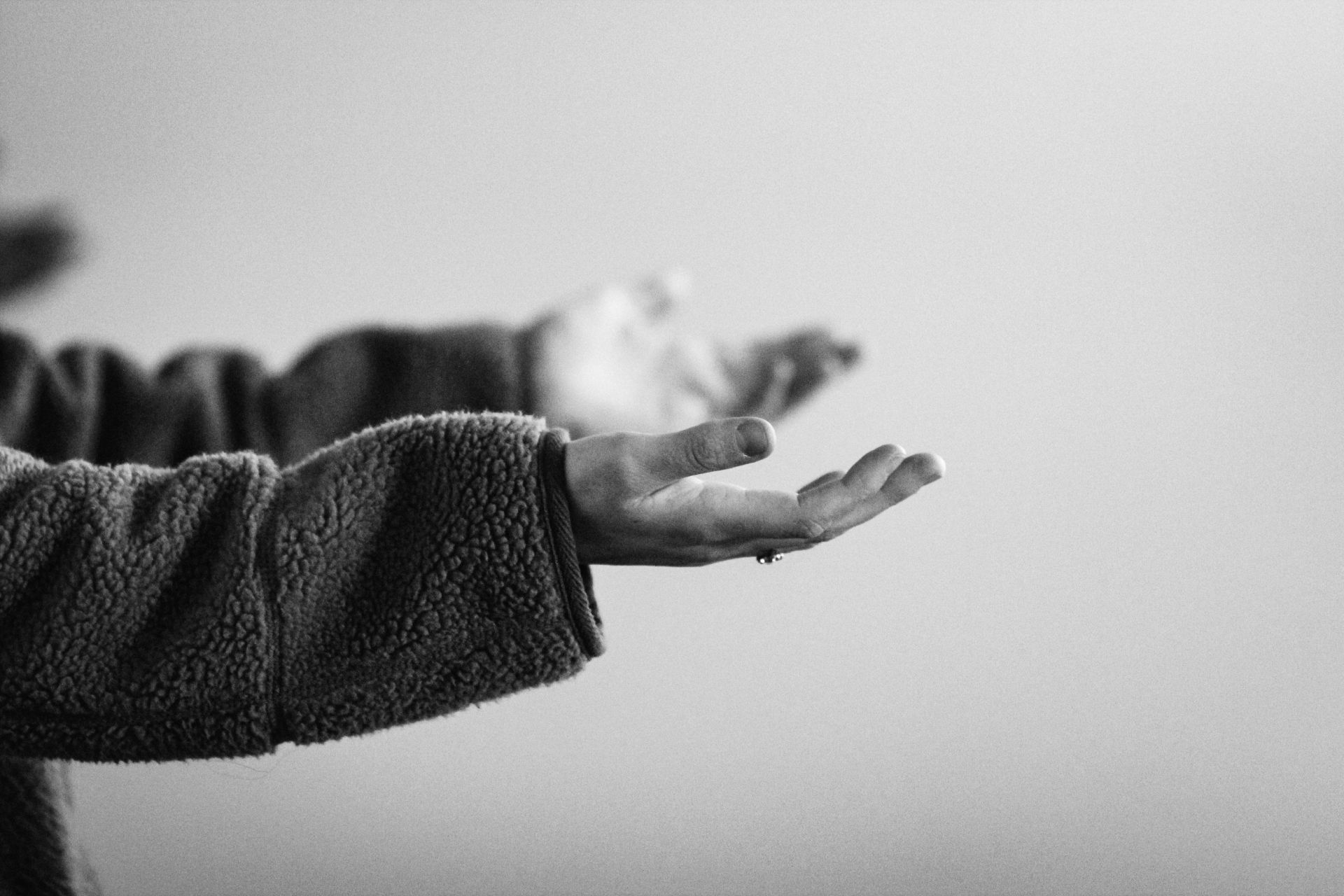If you ask Christians for their favorite book of the Bible, hardly anyone is going to answer, “Leviticus.” (I do know one guy at our church who loved Leviticus—he called it “The Book of Enchantment,” though we could never figure out why—but he was probably the only one.) The book of Leviticus can seem downright strange to us. It’s got a lot of odd rules that don’t always make sense. It’s often tough to get through: more Bible Reading Plans have shipwrecked on the shoals of Leviticus than perhaps any other book of the Bible.
But if we just skip over all the ceremonies and rituals and rules, we would miss one of the clearest images of Jesus in the entire Old Testament. Right in the center of Leviticus, in chapter 16, is a ceremony the Jewish people held to be more holy and crucial than any other—a day so thick with meaning and sacredness that they simply called it, “Yoma” … “The Day.”
“The Day” was the Day of Atonement, the one day a year when the high priest would go into the “Holy of Holies” to atone for the sins of the entire people. Listen to Old Testament scholar Ray Dillard describe the meticulous preparation the priest went through:
“A week beforehand, the high priest was put into seclusion – taken away from his home and into a place where he was completely alone. Why? So he wouldn’t accidentally touch or eat anything unclean. Clean food was brought to him, and he’d wash his body and prepare his heart.
The night before the Day of Atonement he stayed up all night, praying and reading God’s Word to purify his soul. Then on Yom Kippur he bathed head to toe and dressed in pure, unstained white linen. Then he went into the Holy of Holies and offered an animal sacrifice to God to atone, or pay the penalty for, his own sins. After that he came out and bathed completely again, and new white linen was put on him, and he went in again, this time sacrificing for the sins of the priests. But that’s not all. He would come out a third time, and he bathed again from head to toe and they dressed him in brand new pure linen, and he went into the holy of holies and atoned for the sins of all the people.
This was all done in public. The temple was crowded, and those in attendance watched closely. There was a thin screen, and he bathed behind it. But the people were present: They saw him bathe, dress, go in, come back out. He was their representative before God, and they were there cheering him on. They were very concerned to make sure that everything was done properly and with purity, because he represented them before God.”[1]
Here’s what most people miss about the Day of Atonement, and about the book of Leviticus in general: it’s all about Jesus. You don’t have to look too closely to see the fingerprints of Jesus all through this ceremony. Read through the events of Passion Week and you’ll see that Jesus is staging his own Day of Atonement.
Just like the high priest, Jesus began to prepare for a week beforehand. And like the high priest, the night before the sacrifice, he stayed up all night. But he wasn’t clothed in rich garments like the Jewish high priest. He was stripped of the only garment he had. And instead of being cheered on by his people (like the priest was), he was jeered by them, and abandoned by nearly everyone he loved.
Jesus wasn’t bathed in a purifying pool; he was bathed in human spit. And when he came before God, he didn’t receive words of encouragement; he felt the Father’s face turn away. He was struck dead, even though he had no defilement on him.
And when he breathed his last, and cried out, “It is finished,” the temple itself responded. The thick curtain that had stood between the Holy of Holies and the people—the symbol of God’s separation from humanity—was torn in two. For the first time in history, the way to God was wide open.
Leviticus 16 says that when Aaron was done with this atonement ceremony, he was to take off his linen. When the apostles Peter and John rushed to the empty tomb, what did they find? Just linens. Because the atonement had been finished. The true ceremony, what the Day of Atonement had always pointed towards, was, finally and forever, finished.
People misread the book of Leviticus when they come away saying, “Look how many laws there are!” Leviticus wasn’t written primarily to tell the people all they needed to do, but to show them all that God would do for them. The effect of reading Leviticus on you and me shouldn’t be, “Oh, my God, look at how much I have to do for you!” but rather, “Oh, my God, look at how much you have done for me!”
Leviticus, like every book of the Bible, should not lead us to be overwhelmed by despair. It shouldn’t move us to serve God out of guilt or duty. It should paint for us a picture of God’s scandalous and overflowing grace, of a love so rich and so deep that the angels stare in and wonder. This book is the story of what God did to rescue sinful humanity. When we see this, our response can only be, “Amazing grace! How sweet the sound, that saved a wretch like me!”
For more, be sure to listen to the entire message here.
[1] Tim Keller, quoting Ray Dillard from a sermon he heard Dillard preach. In King’s Cross: The Story of the World in the Life of Jesus (New York: Penguin Group, 2011), 79–80. For more on this, see Jacob Milgrom, Leviticus 1–16, The Anchor Bible, 1015–16. Milgrom draws his conclusions from the Mishnah that expands on Yom Kippur with most detail, the Yoma. The Yoma includes details such as appointing a back-up priest in case the first is unfit, “dry runs” in which the priest practices the motions of pouring the blood, and the specific order of body parts to bathe.


